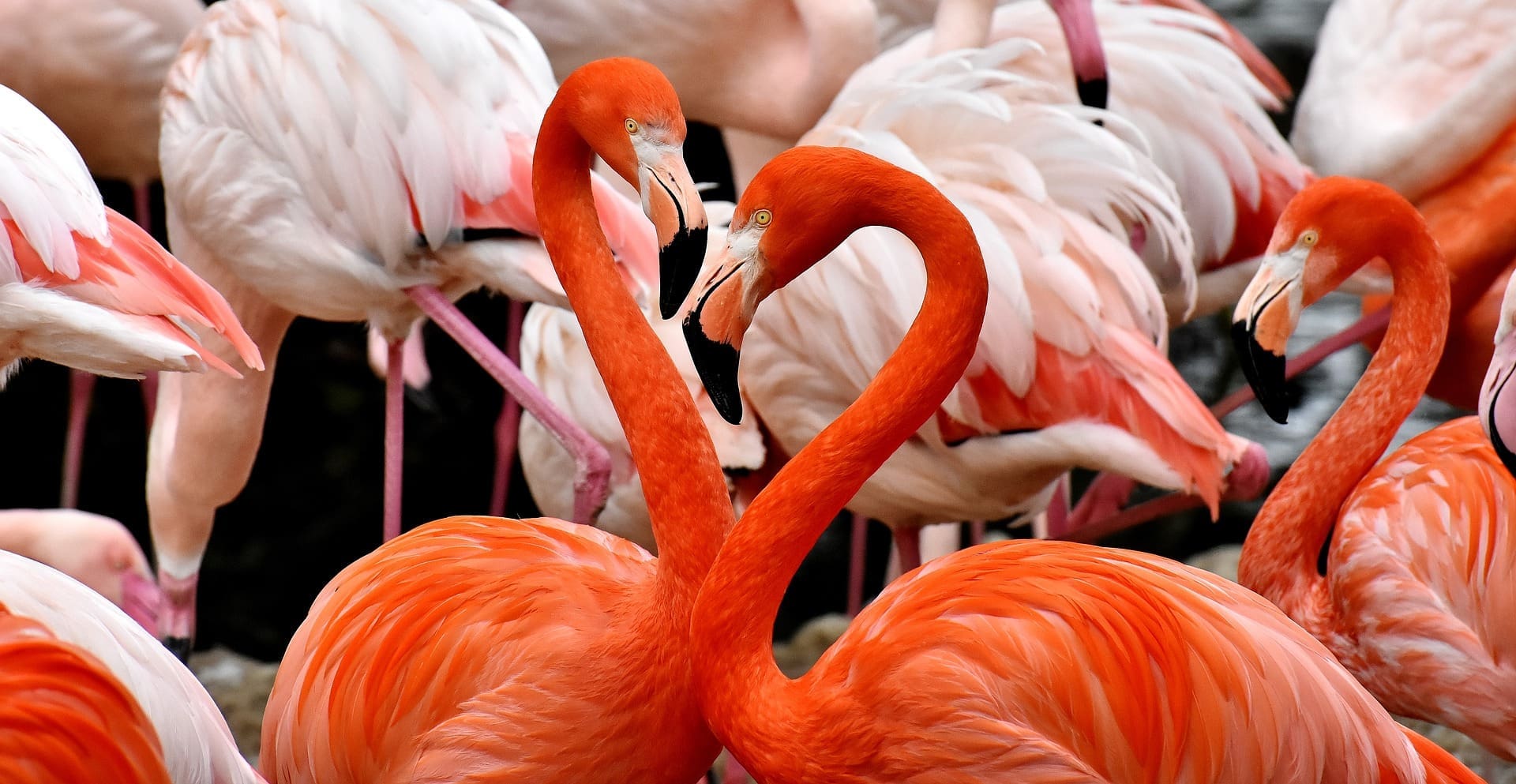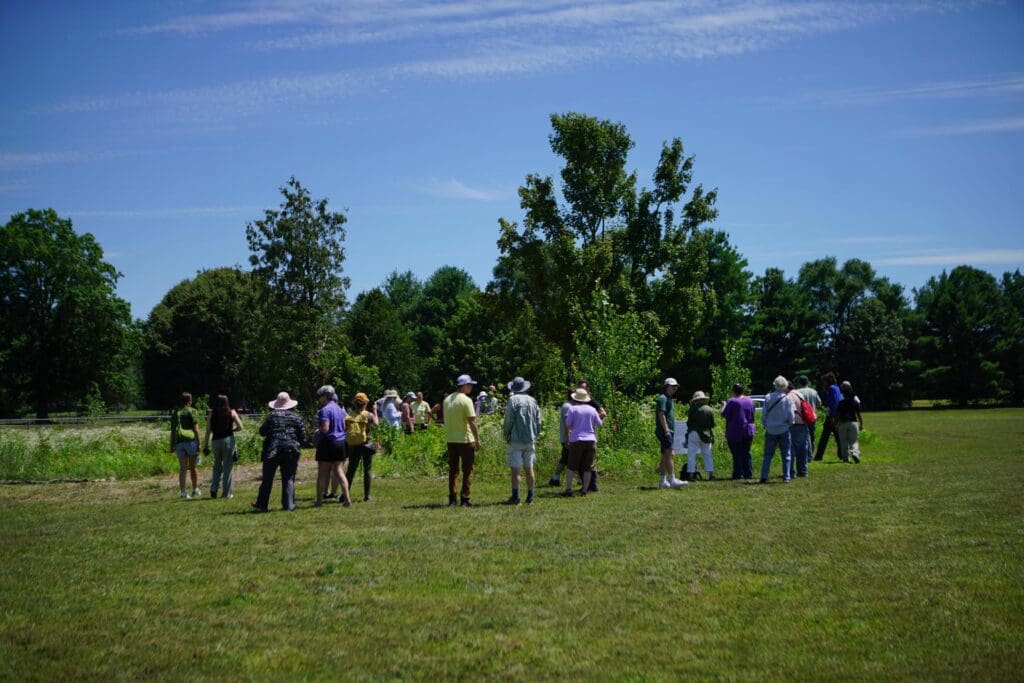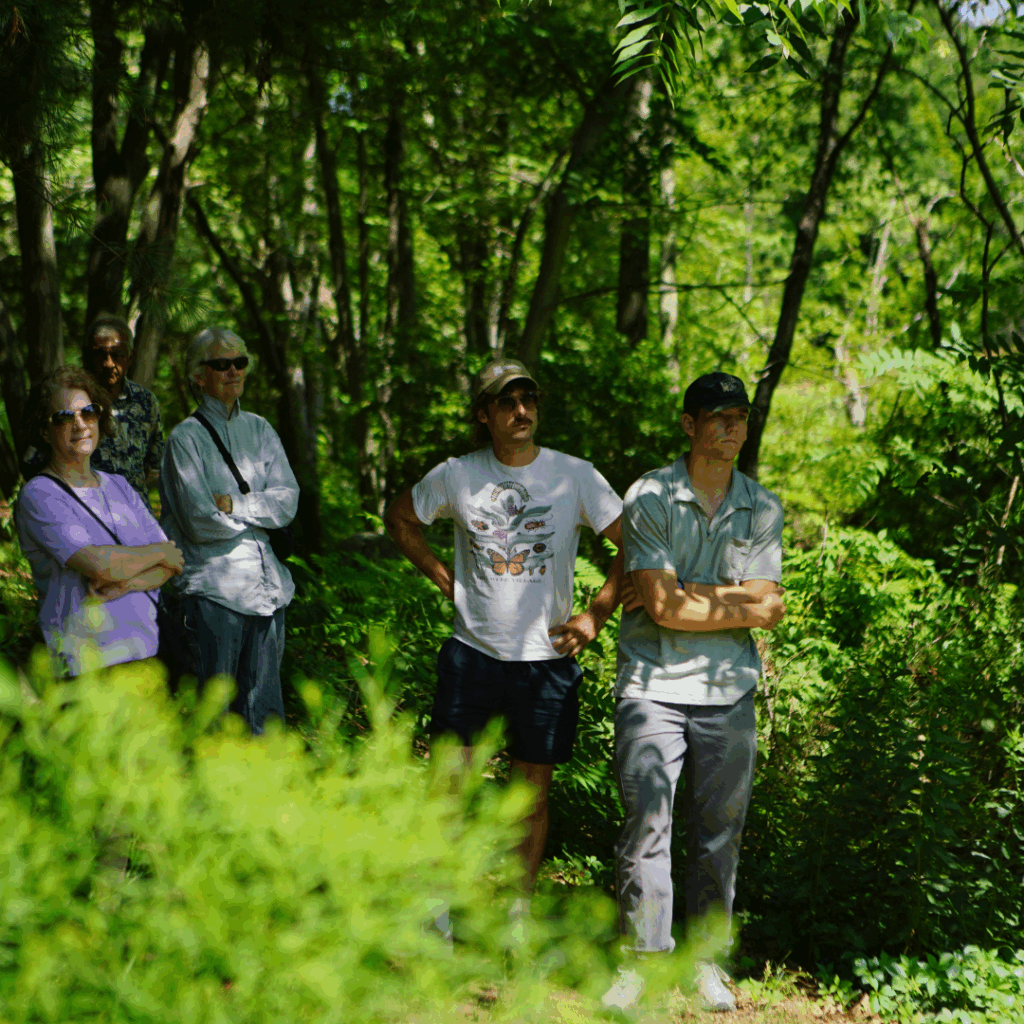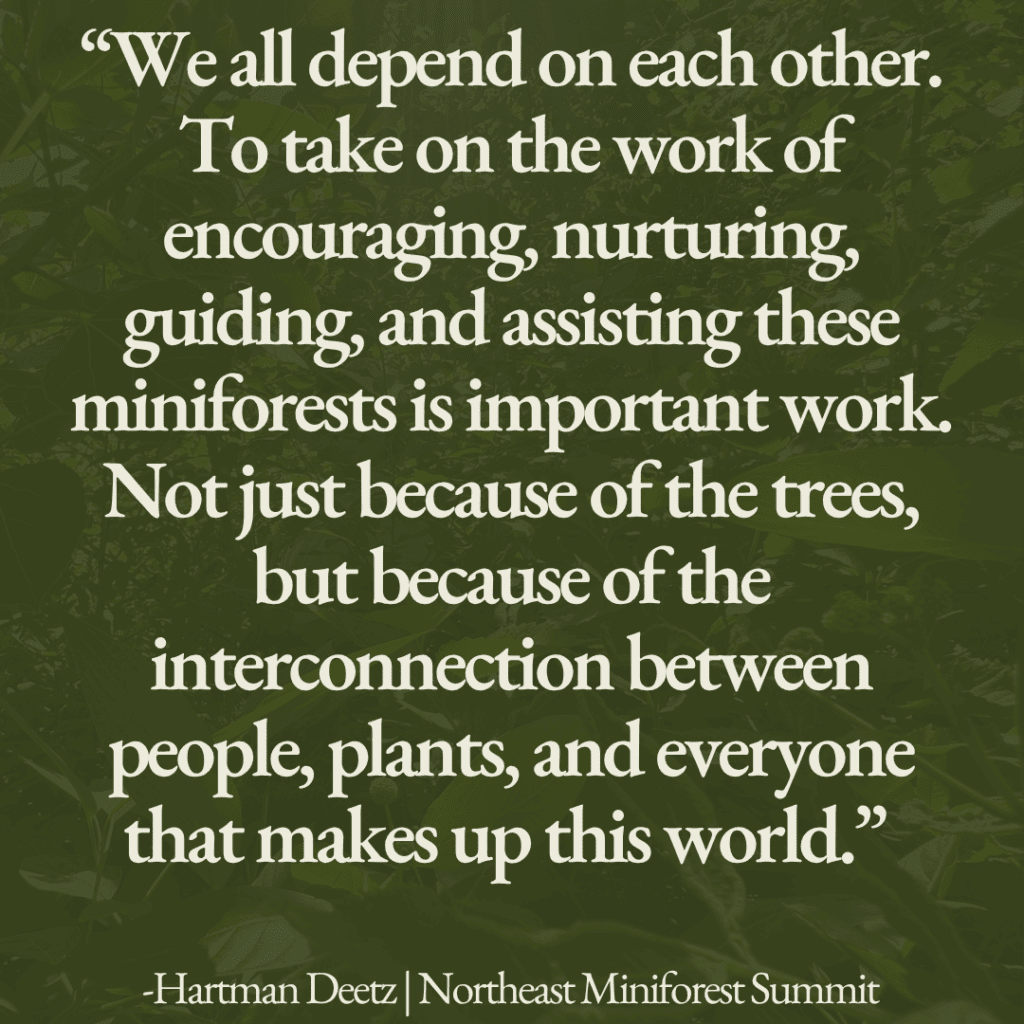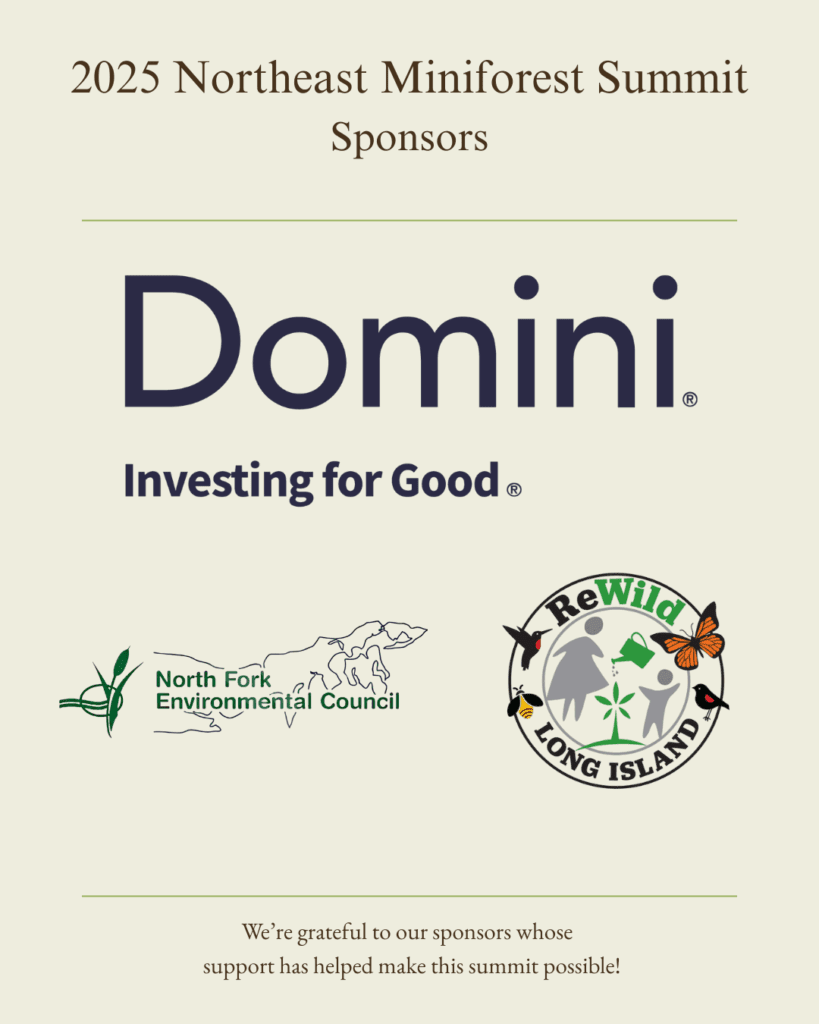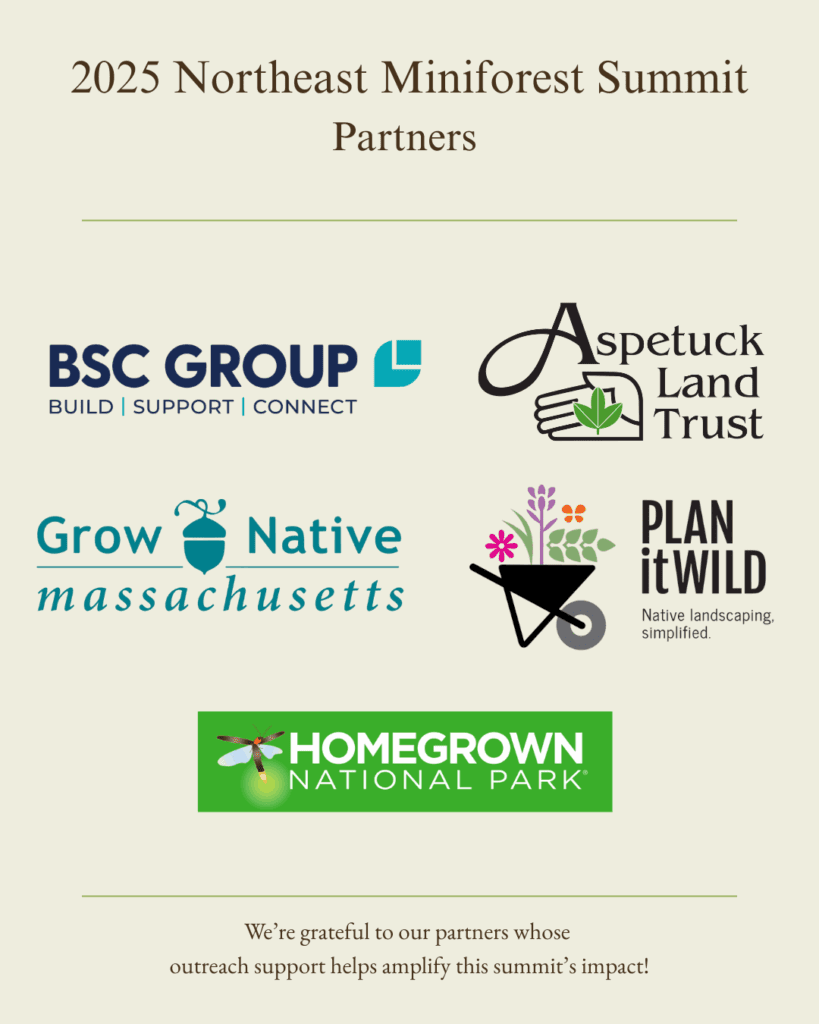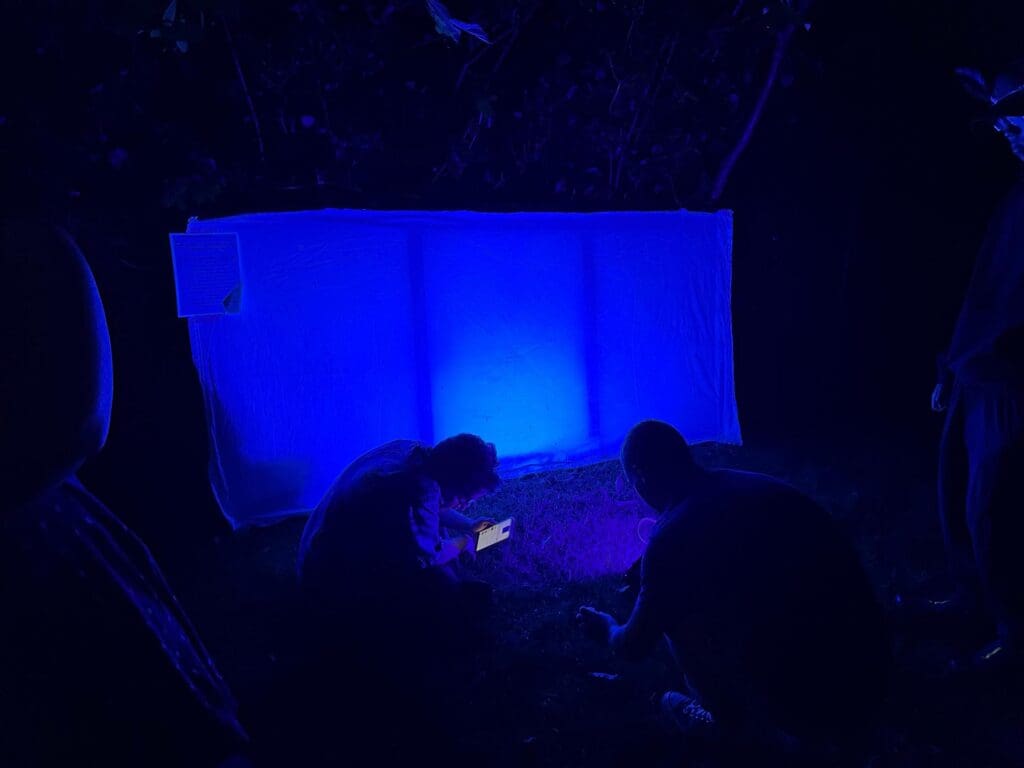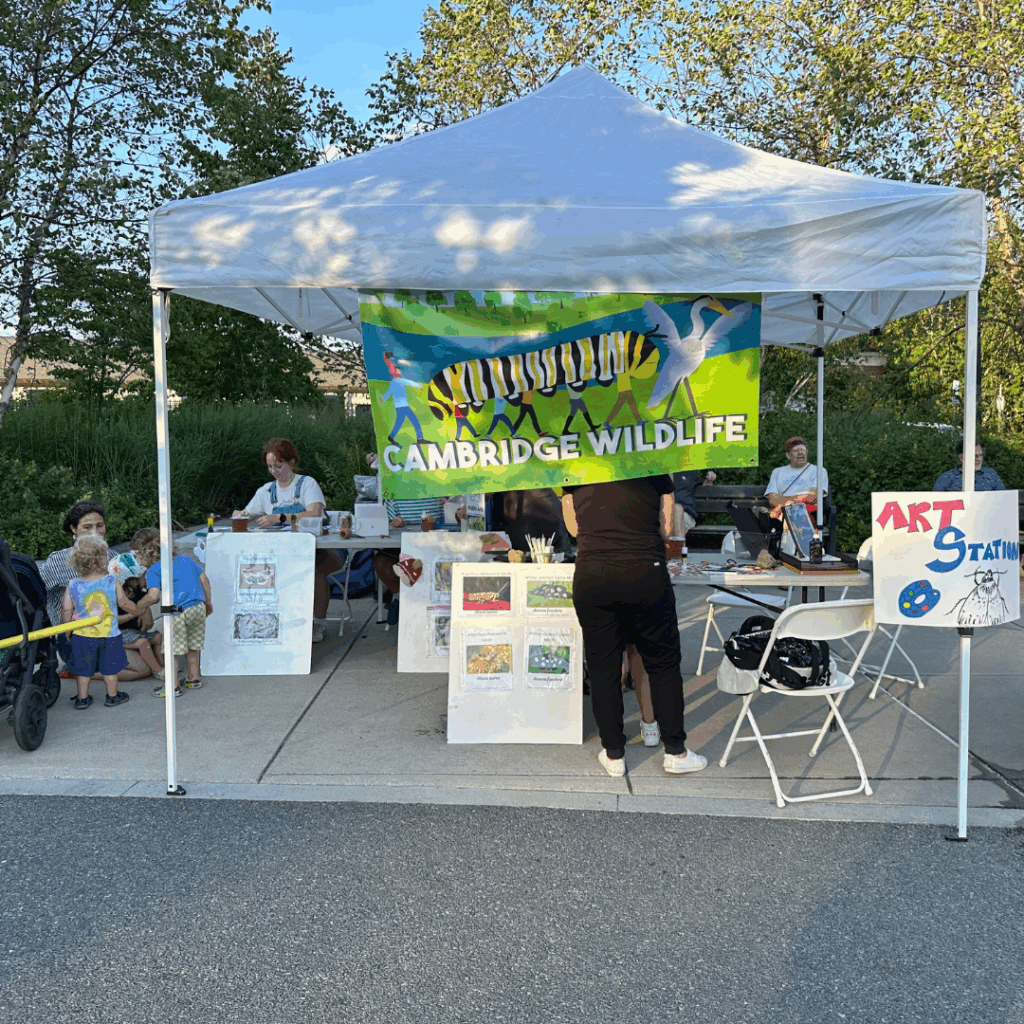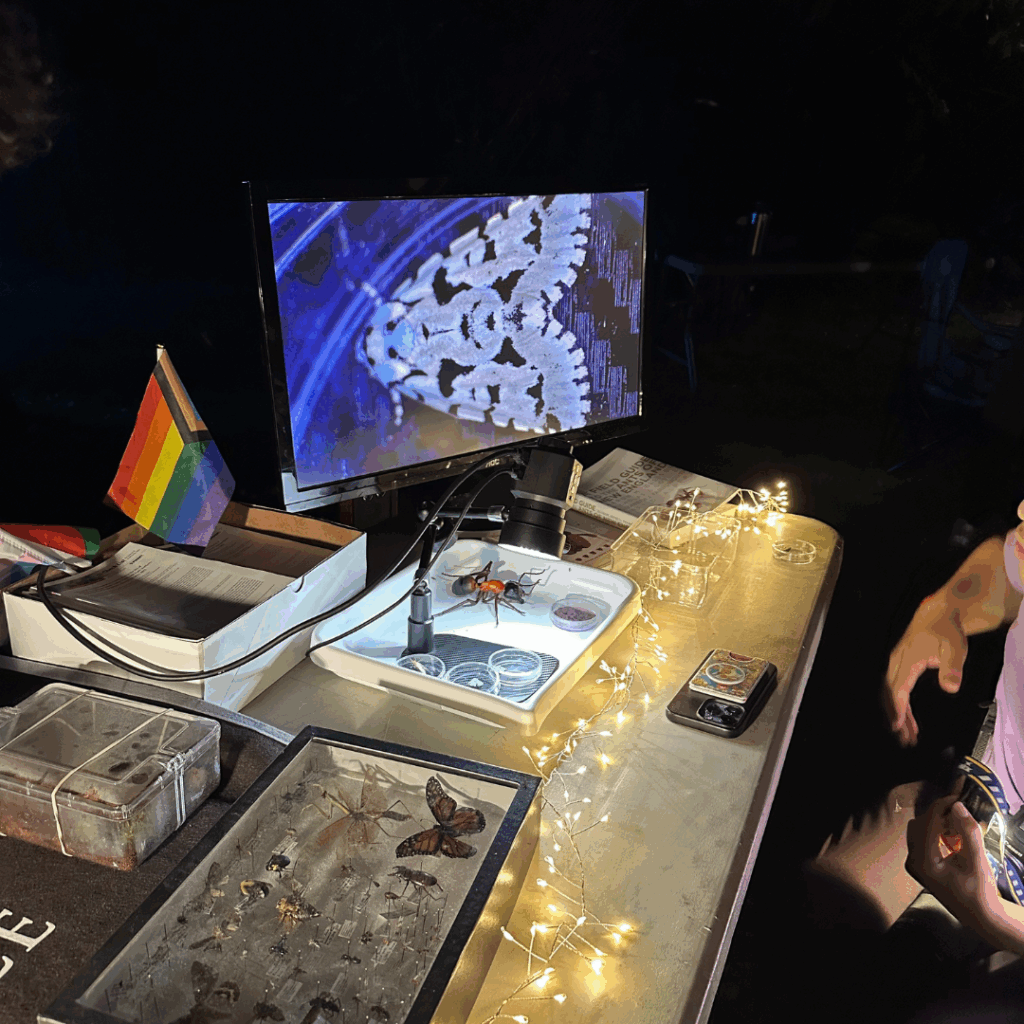What long-legged creatures are known for their beauty, social habits, and fabulous flamboyance?
Flamingos!
Flamingos are among the most recognizable birds in the world. These long-legged wading birds are known for their vibrant pink plumage and distinctive S-shaped necks, and rank among the most iconic inhabitants of wetlands across the globe.
They are known to congregate in large flocks, standing (often perched on one leg) in the shallows of their habitat. Given their unmistakably flashy appearance, it is apt that a group of flamingos is known as a “flamboyance.”
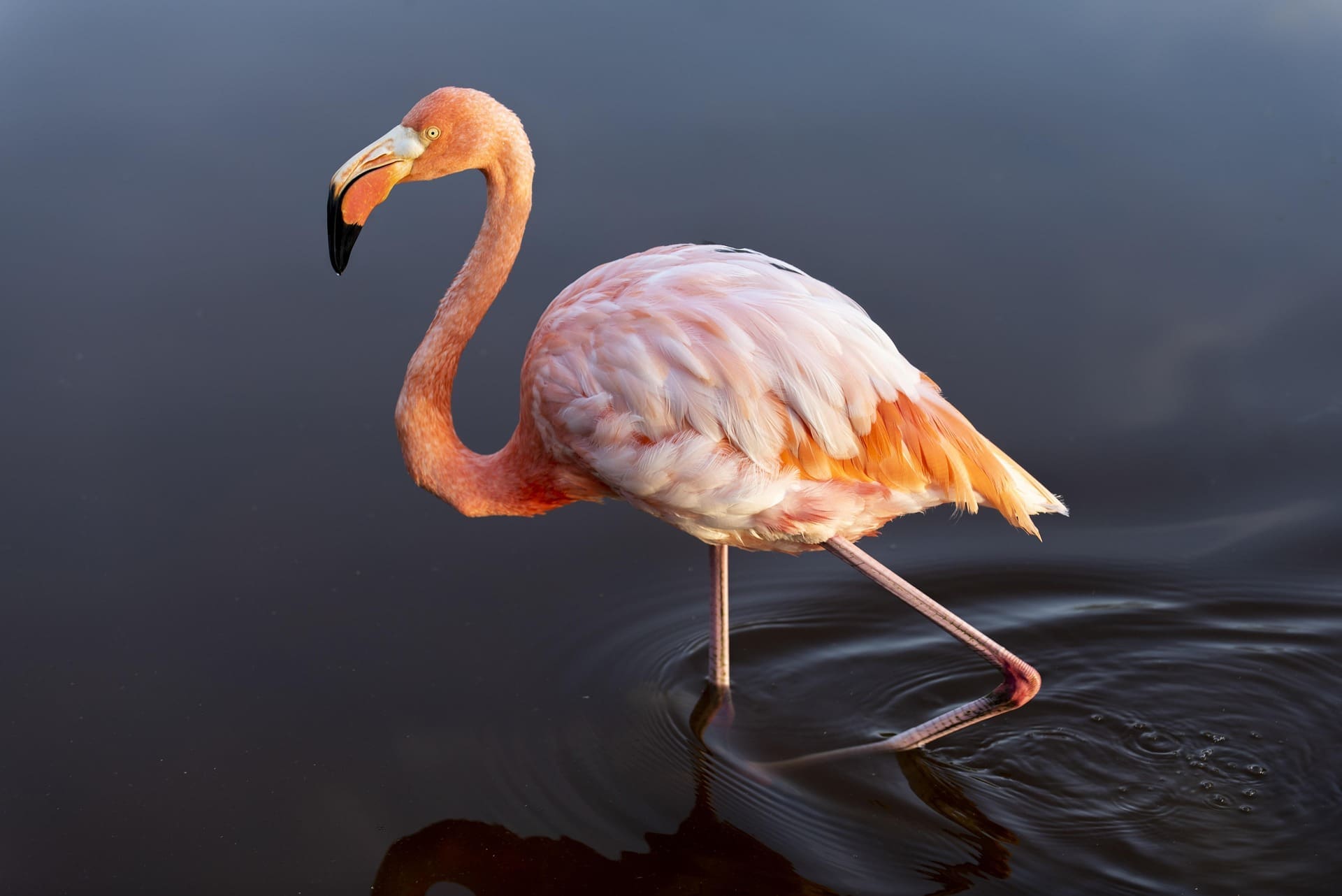
Flamingos boast a slender body, stilt-like legs, and a characteristic downward-bending bill, making them instantly recognizable. Though they are most often depicted as a bright pink, their plumage ranges from a subtle pink to crimson. This hue is actually derived from carotenoid pigments found in their diet of algae, crustaceans, and small invertebrates. So as flamingos’ range and available food sources vary, so too might their color. Interestingly, this same pigment responsible for the flamingo’s iconic pink is also what makes carrots orange and ripened tomatoes red.
Flamingos thrive in saline or alkaline lakes, mudflats, and shallow lagoons, where they feed on algae, invertebrates, larvae, small seeds, and crustaceans like brine shrimp. Their long legs enable them to wade into deeper waters, utilizing their uniquely adapted bills to filter food from the mud and water. In fact, though the term usually calls to mind creatures like oysters or whales, flamingos are also considered “filter feeders” in their behavior and diet.
While most flamingo species are not endangered, habitat loss and human activities pose significant threats to their populations. Conservation initiatives, such as the establishment of protected reserves and the monitoring of wild populations, are crucial for safeguarding these charismatic birds and their habitats. As indicators of environmental health and key feeders in the wetlands, flamingos play a vital role in maintaining the delicate balance of their ecosystems.
Lifestyle and relationships
Flamingos are highly social creatures, forming large flocks that can number in the thousands. They engage in intricate mating displays and rituals, characterized by synchronized movements and vocalizations. Once a couple has chosen to mate, breeding pairs construct simple mud nests, where they raise their offspring, feeding them a specialized “crop milk” produced in their upper digestive tract.
With a lifespan of 20 to 30 years in the wild, and up to 50 years in captivity, flamingos exhibit remarkable longevity. They typically lay a single chalky-white egg, which both parents incubate and care for until hatching. Young flamingos, born with gray downy feathers, gradually develop their iconic pink plumage over time.

Over time, these bright birds form strong social bonds that characterize their lives and behaviors. Remarkably, it has been observed that some flamingos will make friends for decades. Researchers have speculated that the bonds, which are influenced by factors such as personality traits and physical characteristics, may aid survival.
This long lasting affinity has led to comparisons and speculations about different forms of love in the animal kingdom. Though we see lots of courtship, pairing, and even mating for life in different species, friendship is one of those underrated forms of love well worth celebrating. And while these social relationships may indeed help with survival, it also might just be true that life is better with friends by your side.
Feeling the love,
Maya

Maya Dutta is an environmental advocate and ecosystem restorer working to spread understanding on the key role of biodiversity in shaping the climate and the water, carbon, nutrient and energy cycles we rely on. She is passionate about climate change adaptation and mitigation and the ways that community-led ecosystem restoration can fight global climate change while improving the livelihood and equity of human communities. Having grown up in New York City and lived in cities all her life, Maya is interested in creating more natural infrastructure, biodiversity, and access to nature and ecological connection in urban areas.
Sources and Further Reading:
https://animals.sandiegozoo.org/animals/flamingo
https://kids.nationalgeographic.com/animals/birds/facts/flamingo
https://nationalzoo.si.edu/animals/american-flamingo
https://www.audubon.org/birds-of-america/american-flamingo
https://www.nationalgeographic.com/animals/article/flamingos-make-friends-for-life
https://nationalzoo.si.edu/animals/news/why-are-flamingos-pink-and-other-flamingo-facts

